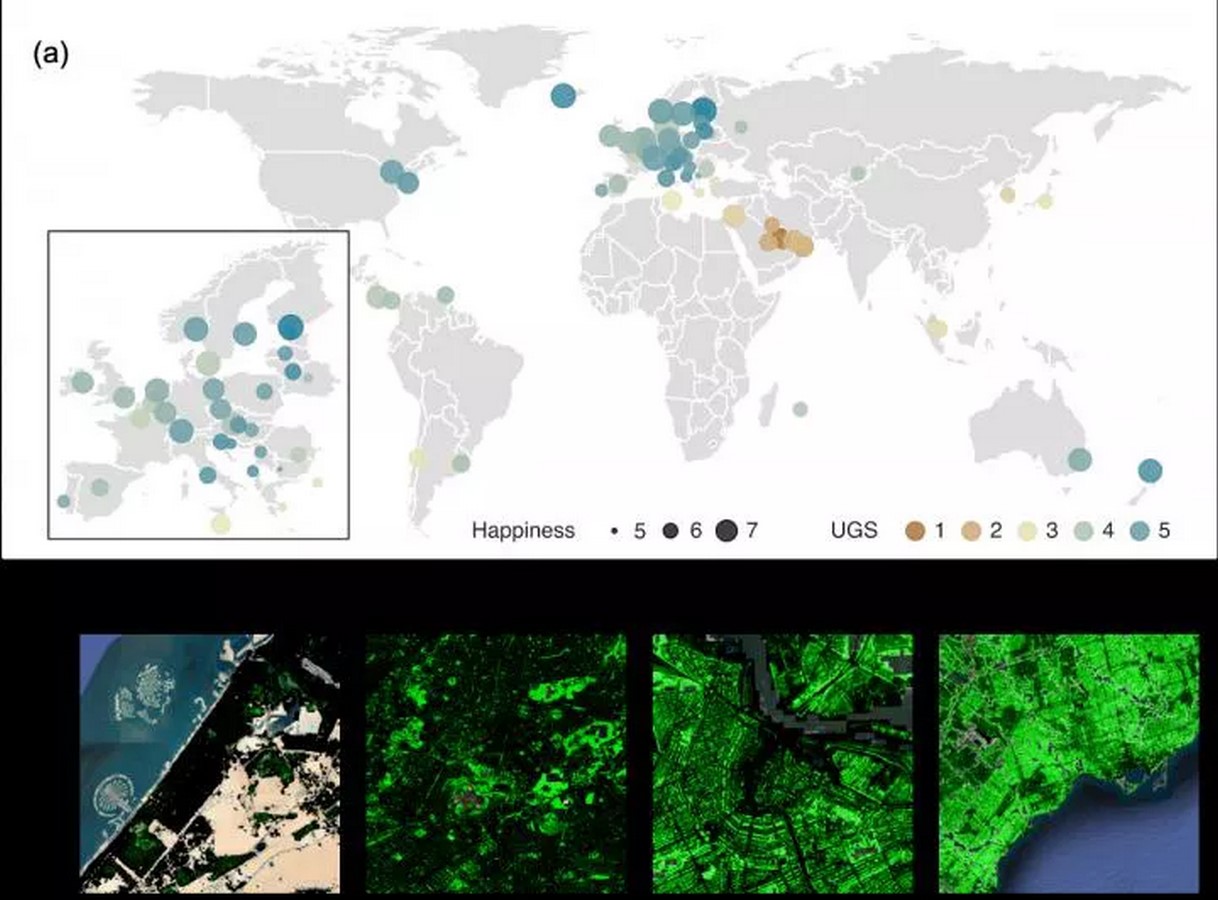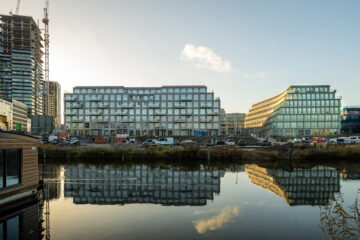Understanding the Global Impact: Urban Green Space and Happiness

The influence of green spaces on human well-being is well-documented, with numerous studies highlighting the positive effects of nature exposure on mental health and happiness. However, much of this research has been confined to individual countries, offering limited insight into the global relationship between urban greenery and well-being. A recent study seeks to address this gap by examining the association between urban green space and happiness across 60 countries worldwide.

Exploring the Global Connection
Driven by a need for comprehensive data on the interplay between green spaces and happiness on a global scale, researchers utilized satellite imagery to assess urban green space in diverse geographical contexts. The study, led by Oh-Hyun Kwon of Pohang University of Science and Technology in South Korea, aimed to uncover the universal link between urban greenery and subjective well-being.
Leveraging Satellite Imagery
The team employed data from Sentinel-2 satellites, renowned for their ability to capture high-resolution images of Earth’s surface. By analyzing vegetation indices derived from satellite imagery, researchers quantified the extent of urban green space across 90 cities in 60 countries. This approach ensured broad representation across diverse urban landscapes and demographic profiles.
Uncovering Correlations
The study revealed a consistent positive correlation between urban green space and happiness across all countries examined. Even after accounting for a nation’s economic prosperity, the presence of greenery in urban areas was associated with heightened levels of happiness. This suggests that green space serves as an independent contributor to subjective well-being, beyond the influence of national wealth.
Economic Disparities and Well-Being
Interestingly, the relationship between urban green space and happiness varied among countries of different economic statuses. While the top 30 wealthiest nations exhibited a strong correlation between green space and well-being, economic factors played a more prominent role in determining happiness levels in less affluent countries. Social support emerged as a significant factor shaping the relationship between green space and happiness.
Implications for Urban Planning
The findings offer valuable insights for urban planners seeking to enhance well-being through strategic green space interventions. By incorporating measures of urban greenery into planning frameworks, policymakers can prioritize the creation and preservation of green spaces, particularly in rapidly developing urban areas. This holistic approach to urban planning acknowledges the intrinsic link between green space and happiness, promoting sustainable and inclusive urban environments.
Scaling Up for Global Impact
Unlike previous studies limited to individual countries, this research adopts a global perspective, offering a comprehensive analysis of urban green space and happiness worldwide. By leveraging satellite imagery and scalable metrics, researchers have laid the groundwork for cross-country comparisons and informed urban planning strategies aimed at enhancing well-being on a global scale.
Conclusion: Towards Greener, Happier Cities
As cities continue to grapple with rapid urbanization and environmental challenges, the integration of green spaces into urban landscapes emerges as a critical priority. By recognizing the universal benefits of urban greenery on happiness and well-being, policymakers and urban planners can champion initiatives that promote sustainable development and foster healthier, happier communities worldwide.





























